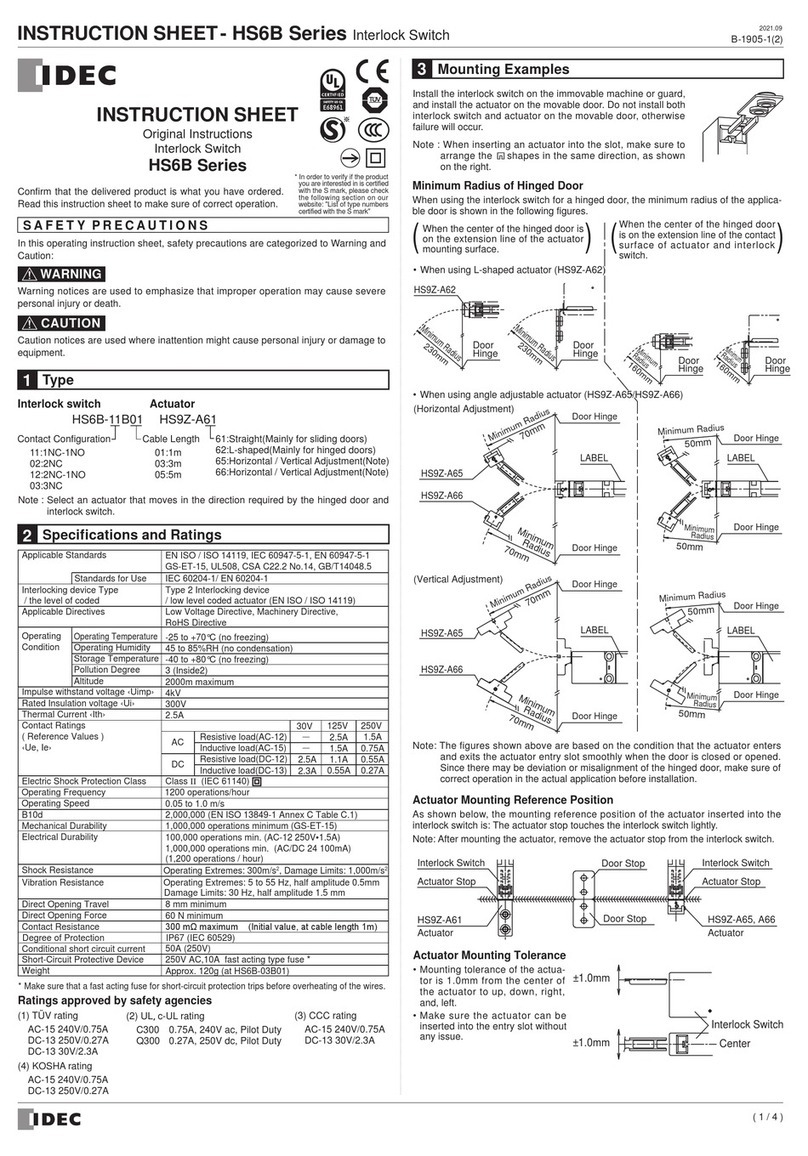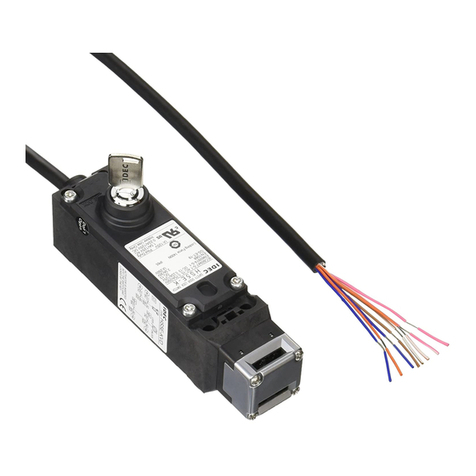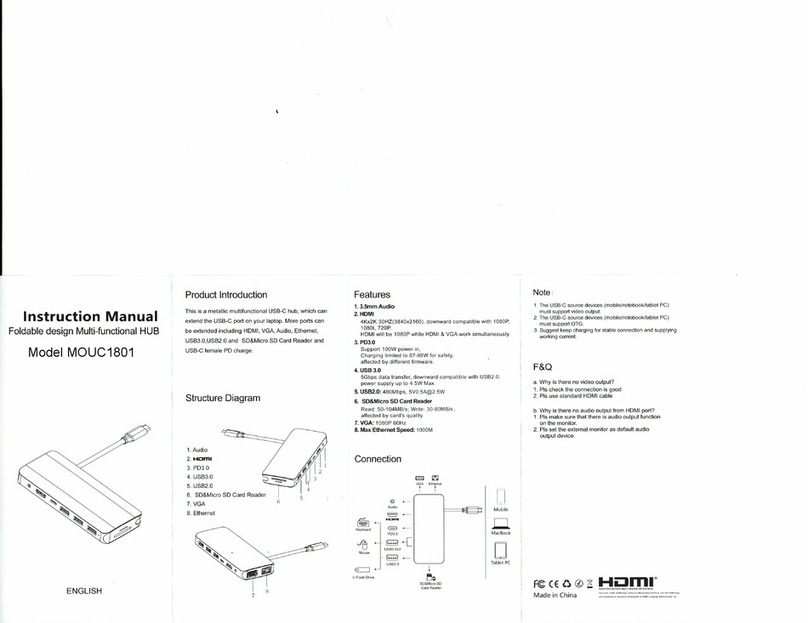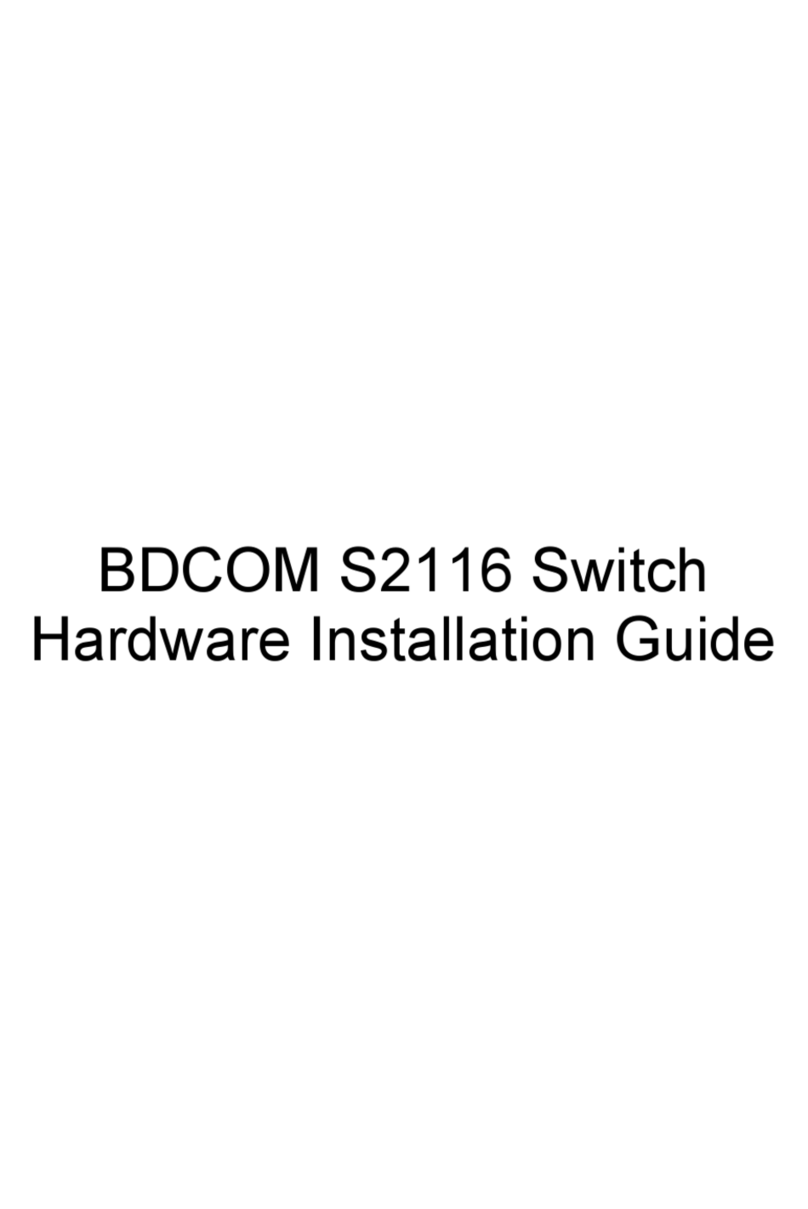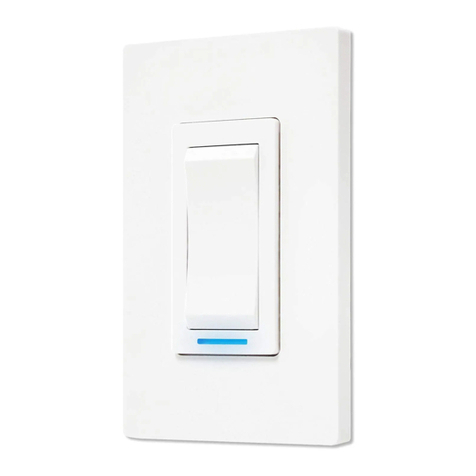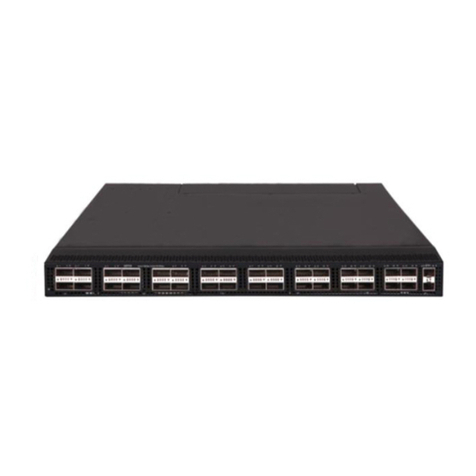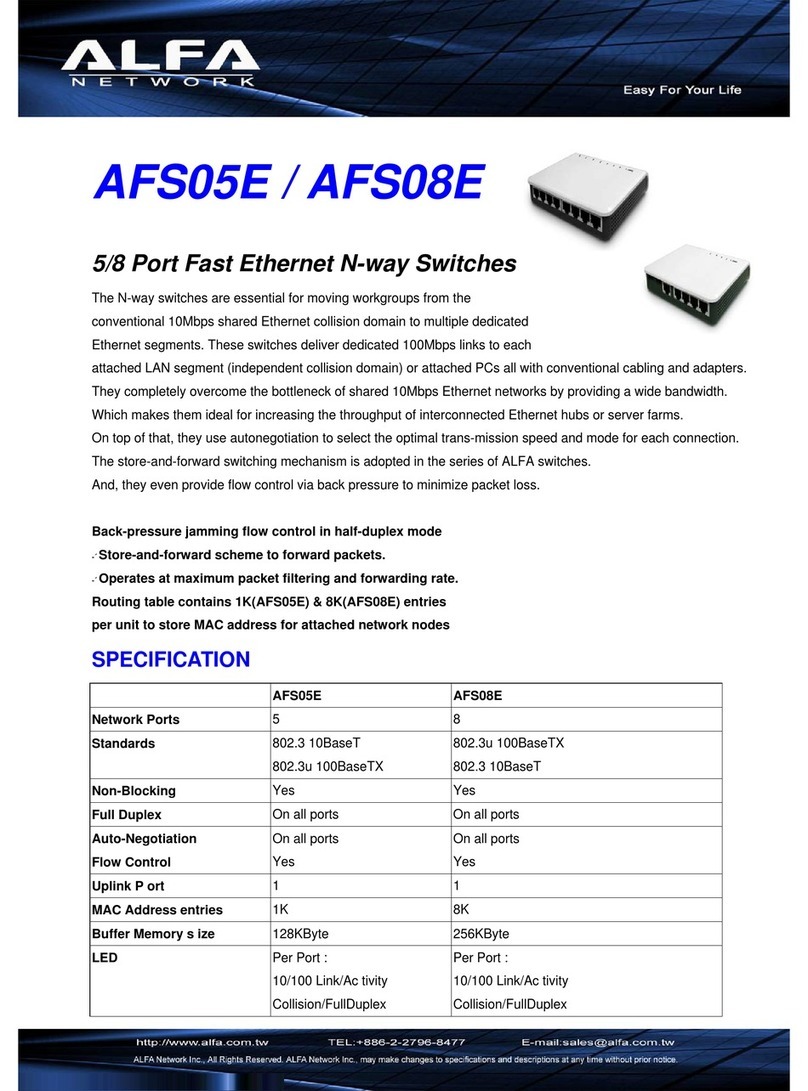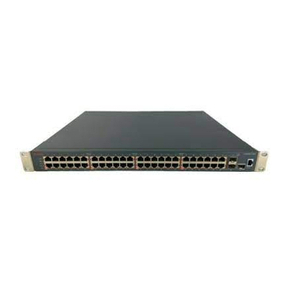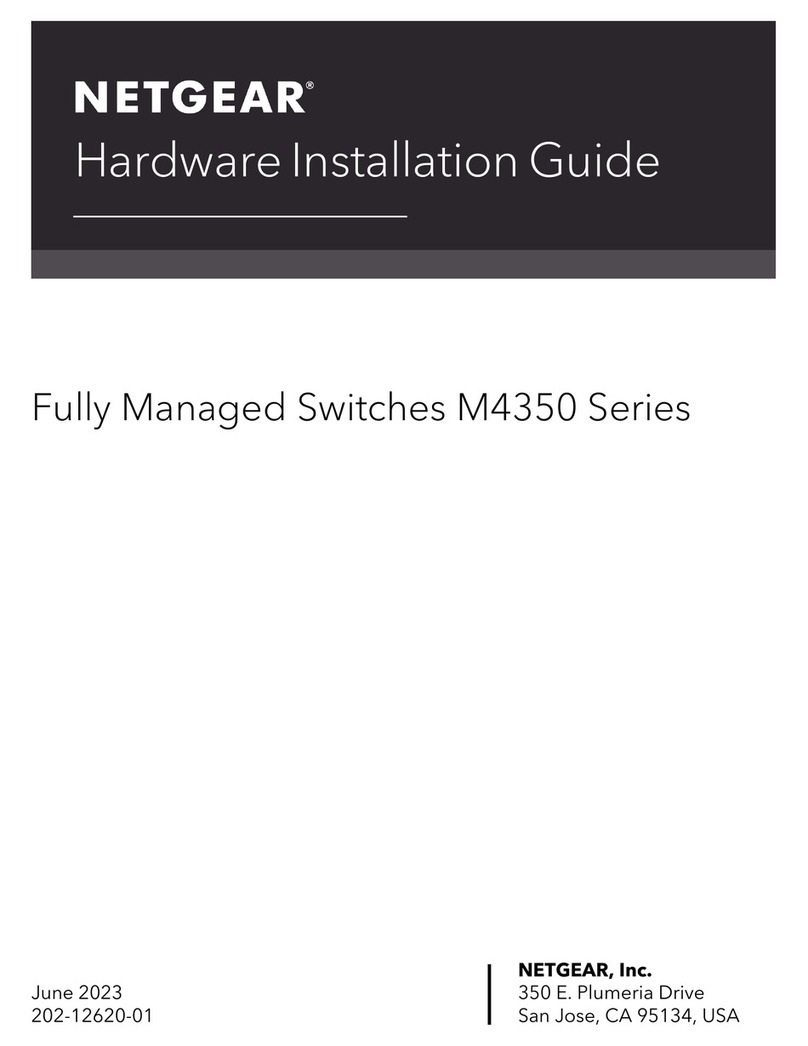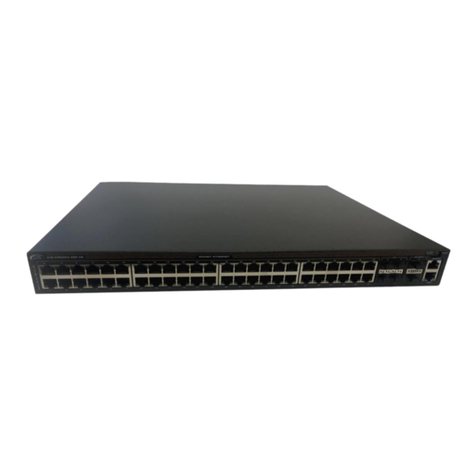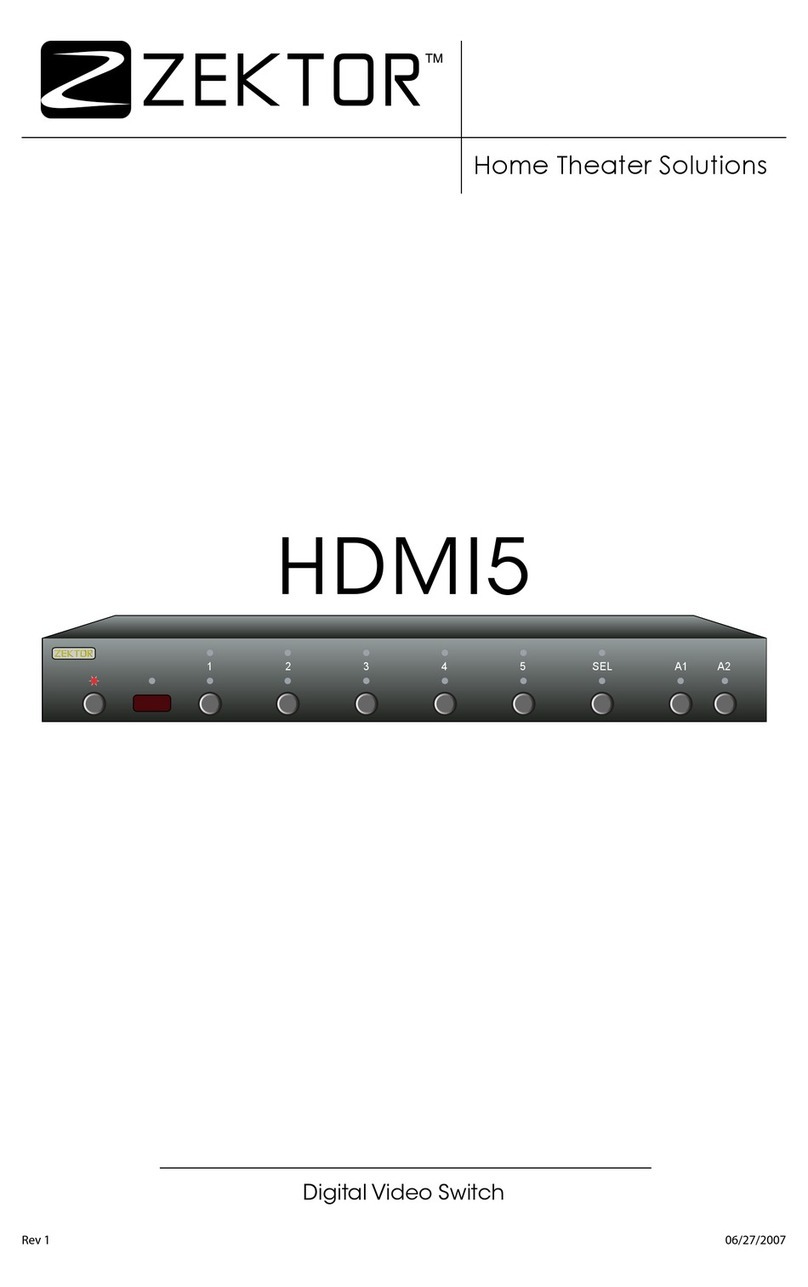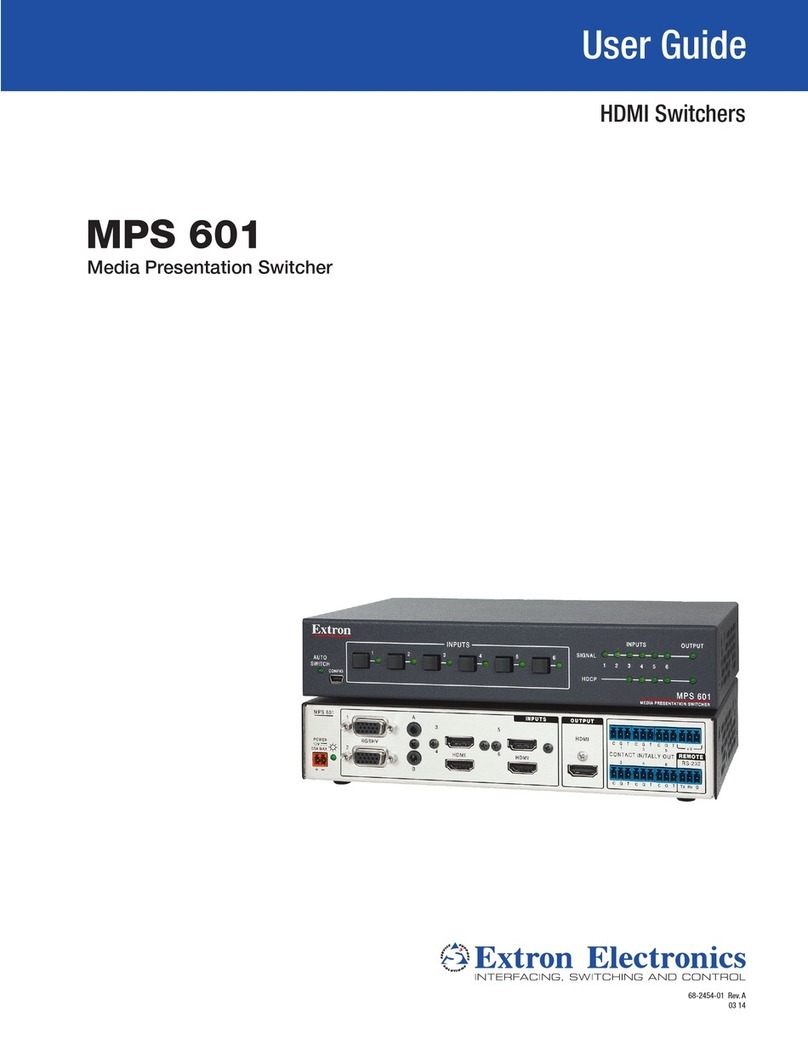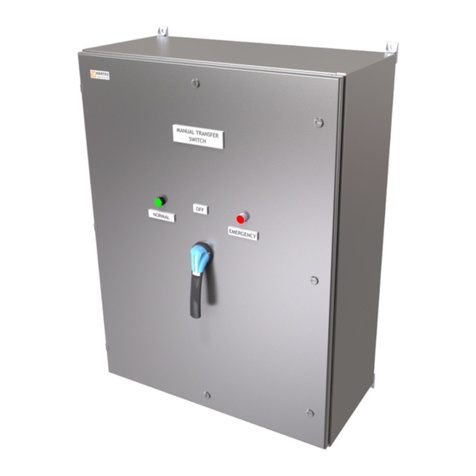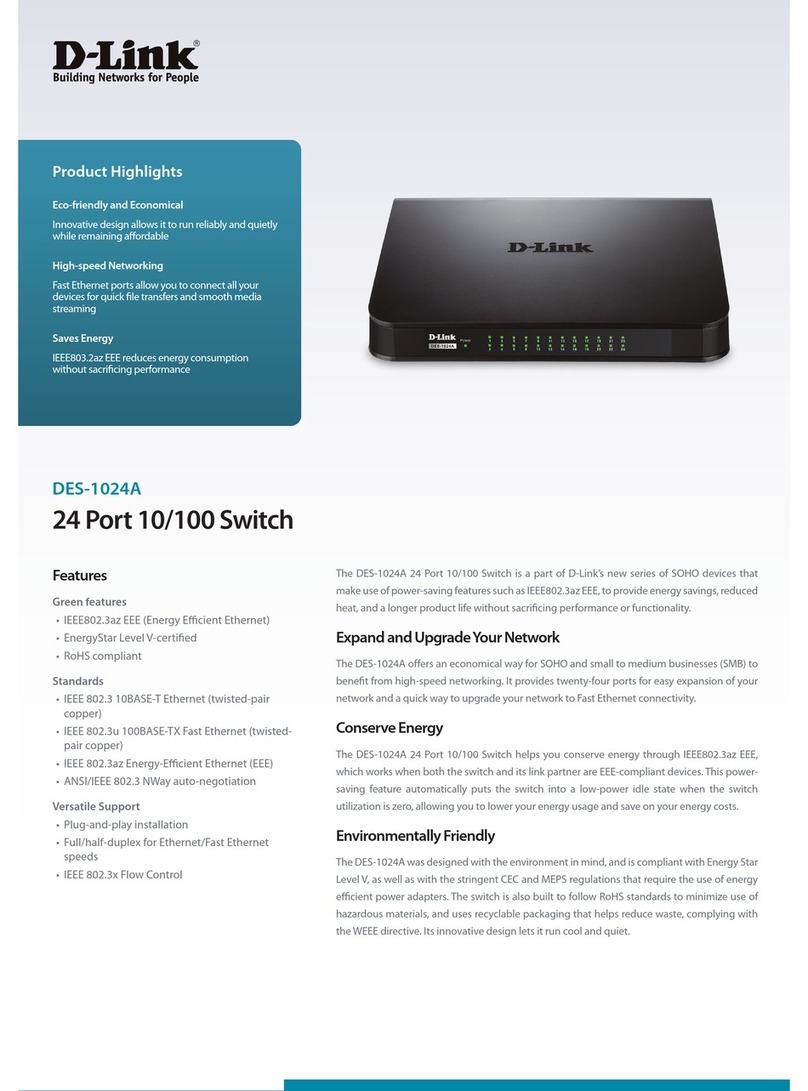IDEC HS3A Series User guide

110407-04-05/15 B-1221(3)
System Manual
Non-Contact Safety Switch
HS3A-H21M4 (Multicode)
(Original)

System Manual HS3A-H21M4
2
Contents
Correct Use 3
Description of the safety function 5
Exclusion of Liability and Warranty 5
General Safety Instructions 5
Function 7
Changing the approach direction 9
Installation 10
Electrical Connection 12
Notes about UL, c-UL 13
Safety in case of faults 13
Fuse protection for power supply 13
Requirements for connection cables 14
Maximum cable lengths 15
Pin assignment of HS3A 17
Connection of a single HS3A 18
Connection of several HS3A in a switch chain 19
Notes for operation with safe control systems 20
Setup 21
LED displays 21
Functional check 22
System status table 23
Technical data 24
Technical data for HS3A 24
Technical data for actuator HS9Z-ZH31 27
Ordering Information and Accessories 29
Inspection and Service 29
Service 29
Declaration of Conformity 30

System Manual HS3A-H21M4
3
Correct Use
The non contact safety switch series HS3A are interlocking devices without
guard locking (Type 4). HS3A complies with the requirements according to
EN IEC 60947-5-3. Devices with unicode evaluation (HS3A-H21U4) pos-
sess a high coding level; devices with multicode evaluation (HS3A-H21M4)
feature a low coding level.
In combination with a movable safety guard and the machine control, this
safety component prevents dangerous machine functions from occurring
while the safety guard is open. A stop command is triggered if the safety
guard is opened during the dangerous machine function.
This means:
Starting commands that cause a dangerous machine function must be-
come active only when the safety guard is closed.
Opening the safety guard triggers a stop command.
Closing a safety guard must not cause automatic starting of a dangerous
machine function. A separate start command must be issued. For excep-
tions, refer to EN ISO 12100 or relevant C-standards.
Before HS3A is used, a risk assessment must be performed on the machine,
e. g., in accordance with:
EN ISO 13849-1, Safety of machinery – Safety related parts of control
systems – Part 1: General principles for design
EN ISO 12100, Safety of machinery – General principles for design –
Risk assessment and risk reduction
IEC 62061, Safety of machinery – Functional safety of safety-related
electrical, electronic and programmable electronic control systems
Correct use includes observing the relevant requirements for installation and
operation, particularly based on the following standard:
EN ISO 13849-1, Safety of machinery – Safety related parts of control
systems – Part 1: General principles for design
EN ISO14119, Safety of machinery – Interlocking devices associated with
guards – Principles for design and selection
EN 60204-1, Safety of machinery – Electrical equipment of machines –
Part 1: General requirements
HS3A is only allowed to be operated in conjunction with the intended HS9Z
actuators from IDEC and the related connection components from IDEC. On
the use of different actuators or other connection components, IDEC pro-
vides no warranty for safe function.
Several devices are only allowed to be connected in series using devices
intended for series connection with the HS3A. Please check this in the op-
erating instructions of the respective device. A combination of devices from
other manufacturers is not allowed.
A maximum of 20 safety switches are allowed to be operated in a switch
chain.

System Manual HS3A-H21M4
4
Important!
The user is responsible for the proper integration of the device into a safe
overall system. For this purpose, the overall system must be validated,
e.g. in accordance with EN ISO 13849-2.
Correct use requires observing the permissible operating parameters
(see Technical data on page 24).
If a product data sheet is included with the product, the information on the
data sheet applies in case of discrepancies with the operating instruc-
tions.

System Manual HS3A-H21M4
5
Description of the safety function
HS3A features the following safety functions:
Monitoring of the safety guard position (interlocking device according
to EN ISO 14119)
Safety function: The safety outputs are switched off when the safety guard
is open (see Switching states on page 8).
Safety characteristics: category, Performance Level, PFH
D(see Technical
data on page 24).
Exclusion of liability and warranty
In case of failure to comply with the conditions for correct use stated above, or
if the safety instructions are not followed, or if any servicing is not performed
as required, liability will be excluded and the warranty void.
General safety instructions
HS3A fulfills personal protection functions. Incorrect installation or tampering
can lead to fatal injuries to personnel.
Check the safe function of the safety guard particularly
after any setup work
after the replacement of a system component
after an extended period without use
after every fault
Independent of these checks, the safe function of the safety guard should be
checked at suitable intervals as part of the maintenance schedule.
Warning!
Danger to life due to improper installation or due to bypassing (tampering).
Safety components fulfill a personal protection function.
Safety components must not be bypassed, turned away, removed or oth-
erwise rendered ineffective. On this topic pay attention in particular to the
measures for reducing the possibility of bypassing according to EN ISO
14119:2013, section 7.
The switching operation must be triggered only by actuators designated for
this purpose,
Prevent bypassing by means of replacement actuators (only for multicode
evaluation). For this purpose, restrict access to actuators and to keys for
releases, for example.
Mounting, electrical connection and setup only by authorized personnel
possessing the following knowledge:
-specialist knowledge in handling safety components
-knowledge about the applicable EMC regulations
-knowledge about the applicable regulations on occupational safety and
accident prevention
-knowledge about HS3A in the operating instructions and the system
manual

System Manual HS3A-H21M4
6
Important!
Prior to use read the operating instructions and the system manuals, and keep
these in a safe place. Ensure the operating instructions and the system man-
uals are always available during mounting, setup and servicing. IDEC cannot
provide any warranty in relation to the readability of the CD-ROM supplied for
the storage period required. For this reason you should archive a printed copy
of the system manual. You can download these documents from
http://www.idec.com.

System Manual HS3A-H21M4
7
Function
HS3A monitors the position of movable safety guards. The safety outputs are
switched on/off when the actuator moves into/out of the operating distance.
HS3A complies with the following safety requirements:
Category 4, PL e according to EN ISO 13849-1.
Redundant design of the circuit in the unit with self-monitoring.
This means that the safety system still functions even if an internal com-
ponent fails.
The switch state of the semiconductor outputs is continuously monitored
internally.
Short circuit detection at the safety outputs by pulse signals.
HS3A consists of the following components: coded actuator (transponder),
and switch.
Whether the complete actuator code of the device is taught in (unicode) or not
(multicode) depends on the respective version.
Devices with unicode evaluation (HS3A-H21U4): The actuator must be
assigned to the safety switch by a teach-in operation so that it is detected by
the system. This unambiguous assignment ensures a particularly high level
of protection against tampering. The system thereby possesses a high
coding level.
Devices with multicode evaluation (HS3A-H21M4): Unlike systems with
unique code detection, on multicode devices a specific code is not polled
but instead it is only checked whether the actuator is of a type that can be
detected by the system (multicode detection). There is no exact comparison
of the actuator code with the taught-in code in the safety switch (unique
code detection). The system possesses a low coding level.
When the safety guard is closed, the actuator is moved towards the safety
switch. When the switch-on distance is reached, power is supplied to the
actuator via the switch and data transfer takes place.
If a permissible code is detected, the safety outputs are switched on.
The safety outputs are switched off when the safety guard is opened.
In the event of a fault in the safety switch, the safety outputs are switched off
and the DIA LED illuminates red. Occurring faults are detected at the latest
on the next demand to close the safety outputs (e.g. on starting).
Door monitoring output
The door monitoring output is switched on as soon as a valid actuator is
detected in the operating distance.
Limit-range monitoring
If the safety guard with the actuator should settle over time, the actuator
can drift out of the read head operating distance. The device recognizes
this situation and indicates that the actuator is in the limit range by flash-
ing the STATE LED. This allows the safety guard to be readjusted in time.
Also see System status table on page 23.

S
Safety outputs OA and OB
Monitoring output OUT
The detailed switching states for your switch can be found in the system
cating LEDs are described there.
Safety outputs OA and OB
Monitoring output OUT
hi g t s
status table
o
g E r
a
t in o
8
Switch ng states
on page 23
d c
r c
g d s a c
d e t
on
on
The detailed switching states for your switch can be found in the system
All safety outputs, monitoring outputs and ind
cating LEDs are described there.
Safety guard closed
(actuator n operating distance and permissible
coding detected)
Manua
h t itch ca b
u m n r
actu r
System Manual
HS3A
c e o
.
af p
n o t
off
off
-
H21M4
The detailed switching states for your switch can be found in the system
All safety outputs, monitoring outputs and ind
i-
Safety guard open
(actuator not in operating distance)
H21M4

System Manual HS3A-H21M4
9
Changing the approach direction
Caution!
Risk of damage to equipment as a result of trapped cables.
Make sure that the cables are not trapped or torn off when the approach
direction is changed.
Make sure that the flat seal is not trapped and that the profile seal is properly
positioned in its guide, otherwise the sealing function is no longer ensured.
Procedure of changing the active face
The active face of the HS3A can be adjusted in 5 directions. It is marked by
the red face.
1. Remove the top part of the mounting base and push the bottom part off the
mounting base off the HS3A.
2. Unscrew the screws on the fastening bracket.
3. Undo the read head from the fastening bracket and tilt HS3A forward by
90°.
The active face is now pointing downward.
4. Hold the fastening bracket tight and turn HS3A by 180°.
5. Re-tighten the screws for the read head on the fastening bracket. Tightening
torque 0.6 N·m.
6. Turn HS3A in 90° steps until the desired approach direction is reached.
7. Push the read head onto the bottom part of the mounting base and
re-assemble the mounting base.
Active
face
Active
face
Active
face
Figure 1

System Manual HS3A-H21M4
10
Operating
distance
Actuator
Operating
distance
Actuator
Flush mounting
Surface mounting
Installation
Caution!
Safety switches must not be bypassed, turned away, removed or otherwise
rendered ineffective.
Observe EN ISO 14119:2013, section 7, for information about reducing the
possibilities for bypassing an interlocking device.
Caution!
Risk of damage to device and malfunctions as a result of incorrect installation.
HS3A and actuators must not be used as an end stop.
Observe EN ISO 14119:2013, sections 5.2 and 5.3, for information about
fastening the safety switches and the actuator.
Important!
From the assured switch-off distance Sar, the safety outputs are safely shut
down. (Refer to page 28.)
When mounting several HS3A observe the stipulated minimum distance to
avoid mutual interference.
If the actuator is installed flush, the switching distance changes as a function
of the installation depth and the safety guard material. For this purpose, the
operating distance should be checked after installation.
Note the following points:
Actuator and HS3A must be easily accessible for inspection and replace-
ment.
The switching operation must only be triggered by the specific actuator
designated for this purpose.
min.
80mm
Figure 2
Figure 3

System Manual HS3A-H21M4
11
Actuator and HS3A must be fitted so that
- the front faces are at the minimum switch-on distance 0.8 x Sao or closer
when the safety guard is closed (see section Operating distances and
Typical operating distance on page 28). To avoid entering the area of
possible side lobes, a minimum distance is to be maintained in case of a
side approach direction. See section Typical operating distance.
- when the safety guard is open up to the distance Sar
(assured switch-off
distance), a hazard is excluded. (Refer to page 28.)
- the actuator is positively mounted on the safety guard, e. g. by using the
safety screws included.
- they cannot be removed or tampered with using simple means.
Pay attention to the maximum tightening torque for HS3A and actuator
mountings of 1N·m.

System Manual HS3A-H21M4
12
Electrical Connection
The following connection options are available:
Separate operation
Series connection with Y-distributors from IDEC
Series connection, e.g. with wiring in the control cabinet
Warning!
In case of an error, loss of the safety function through incorrect connection.
To ensure safety, both safety outputs (OA and OB) must always be evaluated.
Monitoring output (OUT) must not be used as safety outputs.
Lay the connection cables with protection to prevent the risk of short circuits.
Caution!
Risk of damage to equipment or malfunctions as a result of incorrect connection.
Do not use a control system with pulsing or switch off the pulsing function in
your control system. The device generates its own test pulses on the safety
outputs. A downstream control system must tolerate these test pulses,
which may have a length of up to 1 ms.
The test pulses are also output when the safety outputs are switched off.
Depending on the inertia of the connected device (control system, relay,
etc.), this can lead to short switching processes.
The inputs on an evaluation unit connected must be positive-switching, as the
two outputs on the HS3A deliver a level of 24 V DC in the switched-on state.
All the electrical connections must either be isolated from the mains supply
by a safety transformer according IEC 61558-2-6 with limited output voltage
in the event of a fault, or by other equivalent isolation measures (PELV).
All electrical outputs must have an adequate protective circuit for inductive
loads. The outputs must be protected with a free-wheeling diode for this
purpose. RC interface suppression units must not be used.
Power devices which are a powerful source of interference must be installed
in a separate location away from the input and output circuits for signal
processing. The cable routing for safety circuits should be as far away as
possible from the cables of the power circuits.
In order to avoid EMC interference, the physical environmental and operating
conditions at the installation site of the device must comply with the require-
ments according to the standard EN 60204-1:2006, section 4.4.2 (EMC).
Please pay attention to any interference fields in case of devices such as
frequency converters or induction heating systems. Observe the EMC in-
structions in the manuals from the respective manufacturer.
Important!
If the device does not appear to function when operating voltage is applied
(e.g. green STATE LED does not flash), HS3A must be returned unopened to
the manufacturer.

System Manual HS3A-H21M4
13
Notes about UL, c-UL
Important!
For use and operation as per the UL, c-UL requirements1), a power supply
with the feature “for use in class 2 circuits” must be used.
Alternative solutions must comply with the following requirements:
a) Electrically isolated power supply unit with a max. open-circuit voltage of
30V DC and a limited current of max. 8A.
b) Electrically isolated power supply unit in combination with fuse as per
UL248. This fuse should be designed for max. 3.3A and should be in-
tegrated into the 30V DC voltage section.
For use and applications as per the requirements of UL, c-UL1), a connec-
tion cable listed under the UL category code CYJV2 or CYJV must be used.
1) Note on the scope of the UL approval: The devices are tested according to the requirements of UL508 and C A/ C22.2 No. 14
(protection against electric shock and fire).
Safety in case of faults
The operating voltage UBis reverse polarity protected.
The safety outputs are short circuit proof.
A short circuit between the safety outputs is detected by the switch.
A short circuit in the cable can be excluded by laying the cable with protec-
tion.
Fuse protection for power supply
The power supply must be provided with fuse protection depending on the
number of switches and current required for the outputs. The following rules
apply:
Max. current consumption of an individual switch Imax
Imax = IUB
+ IOUT
+ IOA+OB
IUB
= Switch operating current (80 mA)
I
OUT
= Load current of monitoring outputs (max. 200 mA)
IOA+OB
= Load current of safety outputs OA + OB (2 x max. 400 mA)
Max. current consumption of a switch chain ΣImax
ΣImax
= IOA+OB
+ n x (IUB + IOUT)
n = Number of connected switches

System Manual HS3A-H21M4
14
Requirements for connection cables
Caution!
Risk of damage to device or malfunctions as a result of incorrect connection
cables.
Use connection components and connection cables from IDEC
On the usage of other connection components, the requirements in the fol-
lowing table apply. IDEC provides no warranty for safe function in case of
failure to comply with these requirements.
Observe the following requirements for the connection cables:
Parameter Value Unit
Conductor cross-section min. 0.34 mm
2
R max. 60 Ω/km
C max. 120 nF/km
L max. 0.65 mH/km
Recommend cable type LIYY 8x or 5x (for series connection)
0.34mm
2
Table 1

System Manual HS3A-H21M4
15
S S
PLC
L1L2
L
max
=
2
0
0
m
Ln
min
5 x 0.34 mm2
HS3A # n HS3A # n-1
Iout
HS3A # 1
Maximum cable lengths
Switch chains are permitted up to a maximum overall cable length of 200 m
taking into account the voltage drop as a result of the cable resistance (see
table below with example data and case example).
n Iout (mA) L1(m)
Max. number of Switches
for series connection Possible output current per channel
OA/OB Max. cable length from the last switch to
the control system
5
10 150
25 100
50 80
100 50
200 25
300 15
400 10
6
10 120
25 90
50 70
100 50
200 25
300 15
400 10
10
10 70
25 60
50 50
100 40
200 25
300 15
400 5
Vmin = 24V DC -10% Vn= 24V DC -20%
Figure 4
Table 2

System Manual HS3A-H21M4
16
Determining cable lengths using the example table (see table 2)
Example: 6 switches are to be used in series. Cabling with a length of 40 m is
routed from a safety relay in the control cabinet to the last switch (#6). Cables
with a length of 20 m each are connected between the individual HS3A safety
switches.
Figure 5: Circuit example with six HS3A
A safety relay is connected downstream which consumes 75 mA on each of
the two safety inputs. This operates over the whole temperature range with a
voltage of 19.2 V DC (corresponds to 24 V DC -20 %).
All the relevant values can now be determined using the example table:
1. Select the corresponding section in the column n (max. number of switches).
Here: 6 switches.
2. In column IOUT
(possible output current per channel OA/OB), find a current
greater than or equal to 75 mA. Here: 100 mA.
It is then possible to determine the maximum cable length from the last
HS3A switch (#6) to the control system from column L1. Here: a length of
50 m is permitted.
Result: The desired cable length L
1
of 40 m is below the permitted value from
the table. The overall length of the switch chain Lmax
of 140 m is less than the
maximum value of 200 m.
The planned application is therefore functional in this form.
Safety Relay
L
1
= 40 m L
2
= 5 x 20 m
L
max
=
1
4
0
m
L
n
= 20 m
V
n
= min. 19.2 V
I
out
= min. 75 mA
HS3A # 6 HS3A # 5 HS3A # 4 HS3A # 3 HS3A # 2 HS3A # 1

System Manual HS3A-H21M4
17
8
2
7
6
1
3
4
5
UB
0V
IA
IB
OA
OB
OUT
R
S
T
1
7
65
4
3
2
8
Coding lug
Pin assignment of HS3A
View on the connection side of HS3A
Figure 6: Pin assignment of HS3A
Pin
Designation Description Wire color
1 IB Enable input for channel 2 White
2 UB Power supply, 24V DC Brown
3 OA Safety output, channel 1 Green
4 OB Safety output, channel 2 Yellow
5 OUT Monitoring output Gray
6 IA Enable input for channel 1 Pink
7 0V Ground, 0V DC Blue
8 RST Reset input Red

System Manual HS3A-H21M4
18
GND
2
4
V
D
C
IB1
UB2
OA3
OB4
M12 plug-connector
(8-pin)
OUT5
IA6
0V7
RST8
-K1
-K2
-M1 M
+
-+
-
GND
24 V DC
HS3A #1
IB1
UB2
OA3
OB4
M12 plug-connector
(8-pin)
OUT5
IA6
0V7
RST8
-K1
-K2
-M1 -M2
M
M
+
+
-
Connection of a single HS3A
If a single HS3A is used, connect the device as shown in Figure 7. The OUT output
can be connected routed to a control system as a monitoring output.
The switch can be reset via the RST input. To do this, a voltage of 24 V DC is
applied to the RST input for at least 3 seconds. The RST input must be con-
nected to 0 V DC if it is not used.
Important! The subsystem HS3Acomplies with PL e in accordance with EN ISO13849-1. To
integrate the subsystem in a category 3 or 4 structure, it is necessary to monitor
the downstream load (the feedback loop must be monitored).
These examples show only an excerpt that is relevant for connection of the HS3A
system. The example illustrated here does not show complete system planning.
The user is responsible for safe integration in the overall system.
Figure 7: Connection example for a single HS3A
Warning!
In case of an error, loss of the safety function through incorrect connection.
To ensure safety, both safety outputs (OA and OB) must always be evalu-
ated. Single-channel use of the safety outputs leads to a loss of the cate-
gory in accordance with EN ISO 13849-1.
Figure 8: Example of incorrect connection
HS3A #1

System Manual HS3A-H21M4
19
Connection of several HS3A in a switch chain
Important!
A HS3A switch chain may contain a maximum of 20 safety switches.
The switches are connected in series using plug connectors and Y-distributors.
If a safety guard is opened or if a fault occurs on one of the switches, the system
shuts down the machine. A higher level control system cannot, however, detect
which safety guard is open or on which switch a fault has occurred.
Theseriesconnectioncanalsobe realizedviaadditionalterminalsinacontrolcabinet.
The safety outputs are permanently assigned to the respective safety inputs of
the downstream switch. OA must be connected to IA and OB to IB. If the
connections are interchanged (e.g. OA to IB), the unit will switch to fault state.
Always use input RST in series connections. All switches in a chain can be
reset at the same time with this reset input. To do this, a voltage of 24 V DC
must be applied to the RST input for at least 3 seconds. If input RST is not
used in your application, it must be connected to 0 V DC.
Note the following in this aspect:
A common signal must be used for all switches in the chain. This can be a
changeover switch or the output of a control system. A button is not suitable
because Reset must always be connected to GND during operation (see
switch S1 in Figure 9).
Reset must always be performed simultaneously for all switches of the chain.
Figure 9: Connection example for series connection
GND
24 V DC
Plug /
connector
(male)
1
2
3
4
5
1
HS3A# n
B1
2
UB2
3
OA3
4
OB4
Y-distributor
M12 plug-connector
(8-pin)
5
OUT5
6
IA6
7
Socket /
connector
(female)
0V7
8
RST8
1
2
3
4
5
Plug /
connector
(male)
1
2
3
4
5
1
HS3A# n-1
B1
2
UB2
3
OA3
4
OB4
Y-distributor
M12 plug-connector
(8-pin)
5
OUT5
6
IA6
7
Socket /
connector
(female)
0V7
8
RST8
1
2
3
4
5
Plug /
connector
(male)
1
2
3
4
5
1
HS3A # 1
B1
2
UB2
3
OA3
4
OB4
Y-distributor
M12 plug-connector
(8-pin)
5
OUT5
6
IA6
7
Socket /
connector
(female)
0V7
8
RST8
1
2
3
4
5
1
2
3
4
5
Plug /
connector
(male)
Terminal plug
-K1
-K2
-M1 M
+
-+
-
S1

System Manual HS3A-H21M4
20
Notes for operation with safe control systems
Important!
Please observe the following requirements for connection to safe control systems:
Use a common power supply for the control system and the connected
safety switches.
A pulsed power supply must not be used for UB. Tap the supply voltage
directly from the power supply unit. If the supply voltage is connected to a
terminal of a safe control system, this output must provide sufficient elec-
trical current.
Always connect inputs IA and IB directly to a power supply unit or to outputs
OA and OB of another HS3A device (series connection). Pulsed signals
must not be present at inputs IA and IB.
The safety outputs (OA and OB) can be connected to the safe inputs of a
control system. Prerequisite: The input must be suitable for pulsed safety
signals (OSSD signals, e.g. from light curtains). The control system must
tolerate clock pulses on the input signals. This normally can be set up by
parameter assignment in the control system. Observe notes of the control
system manufacturer. For the pulse duration of your safety switch, please
refer to the section Typical system times on page 25.
This manual suits for next models
2
Table of contents
Other IDEC Switch manuals
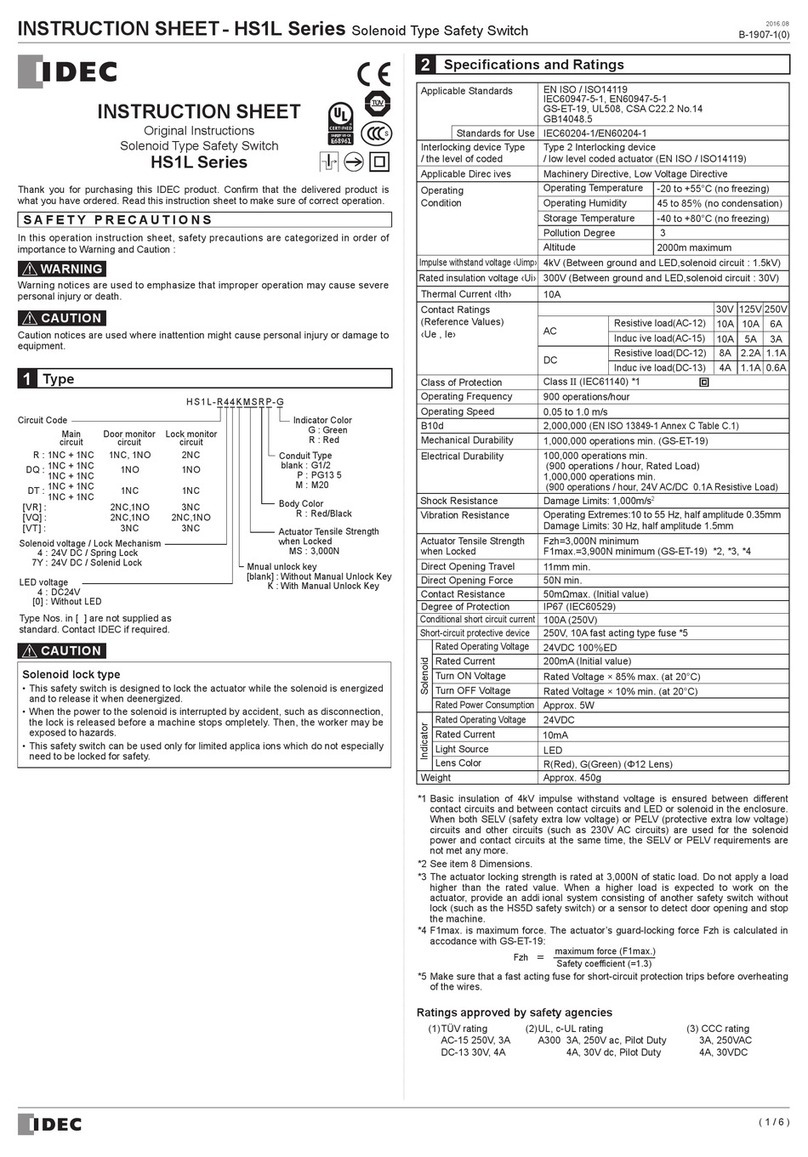
IDEC
IDEC HS1L Series User manual
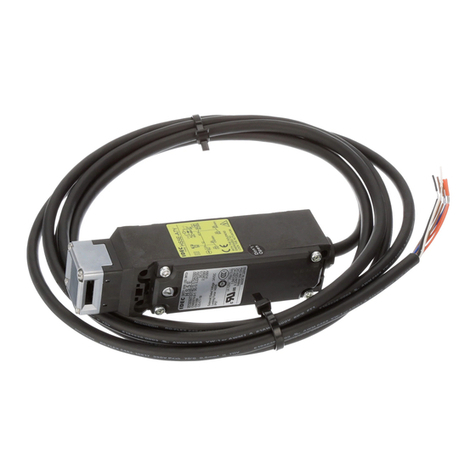
IDEC
IDEC HS5E Series User manual
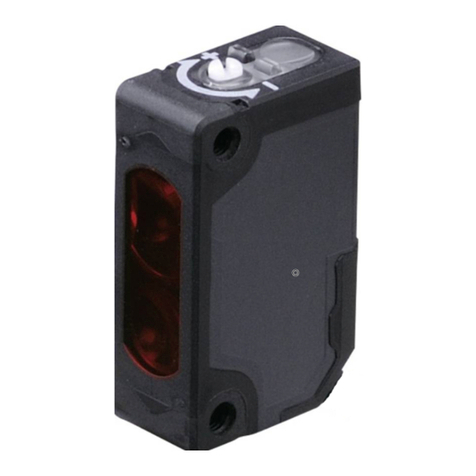
IDEC
IDEC SA1E Series User manual
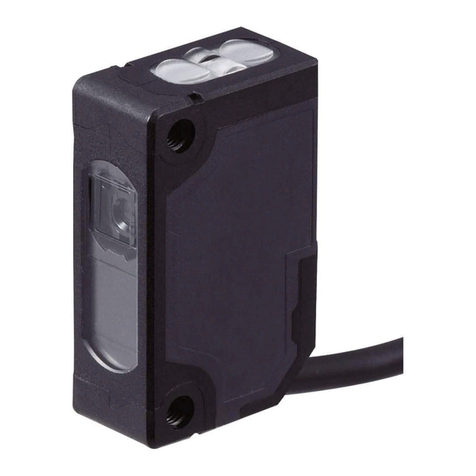
IDEC
IDEC SA1E-L Series User manual
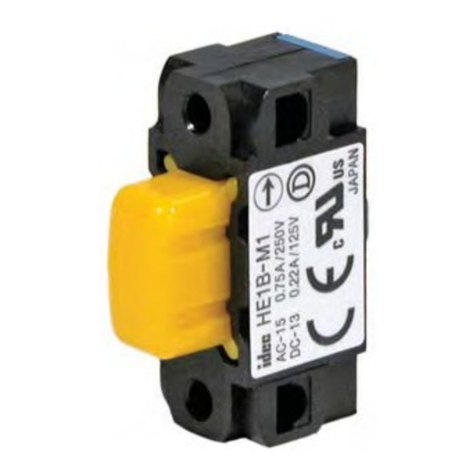
IDEC
IDEC HE1B Series User manual
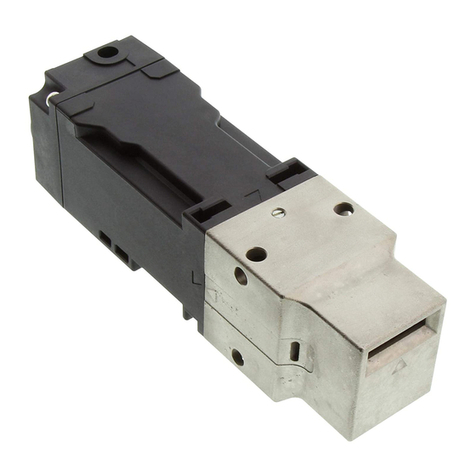
IDEC
IDEC HS1T Series User manual
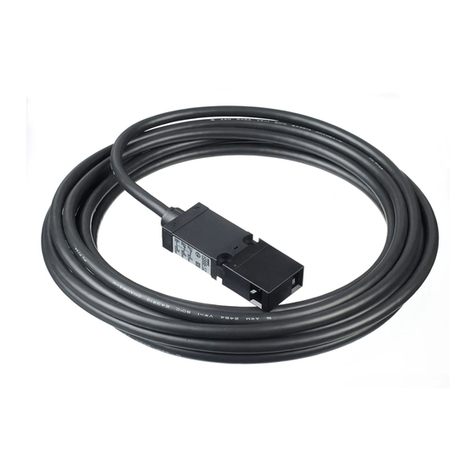
IDEC
IDEC HS6B Series User manual

IDEC
IDEC HS1C Series User manual

IDEC
IDEC HS5E Series User manual
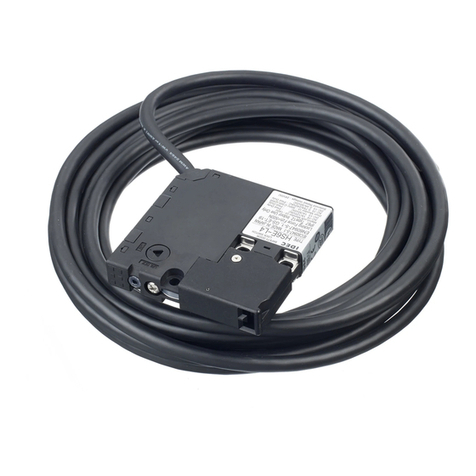
IDEC
IDEC HS6E Series User manual

IDEC
IDEC SX5E Series User manual

IDEC
IDEC SA1E Series User manual
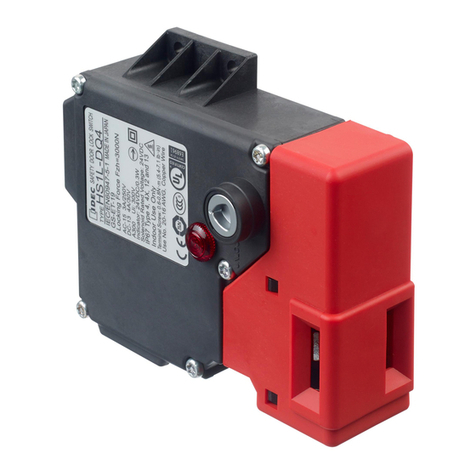
IDEC
IDEC HS1L Series User manual
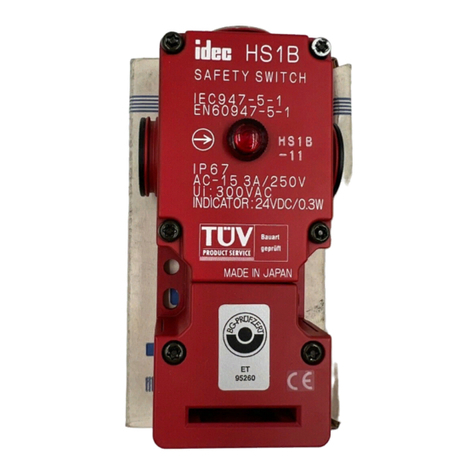
IDEC
IDEC HS1C Series User manual
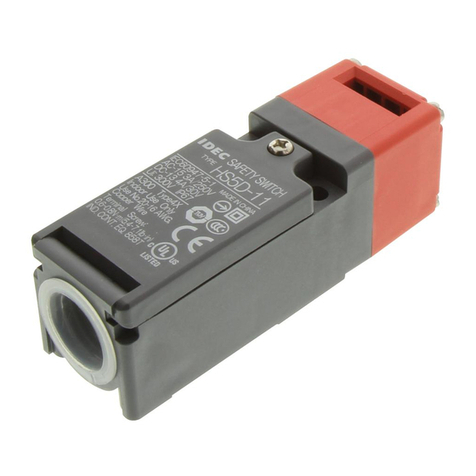
IDEC
IDEC HS5D-11 User manual

IDEC
IDEC HS5E Series User manual
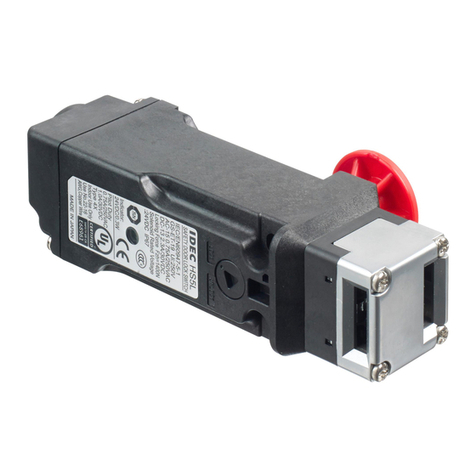
IDEC
IDEC HS5L Series User manual

IDEC
IDEC HS1E Series User manual

IDEC
IDEC SA1U Series User manual

IDEC
IDEC HS5L Series User manual
